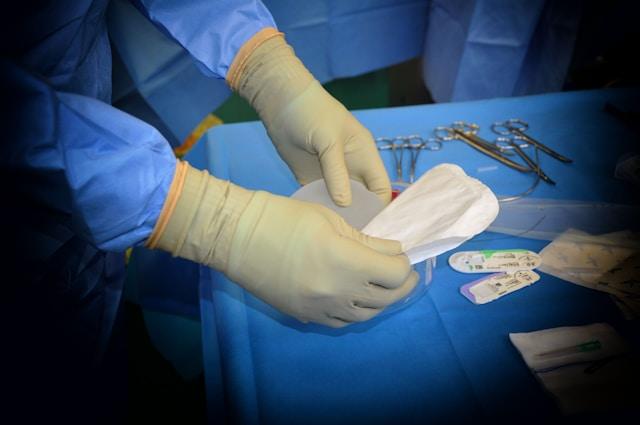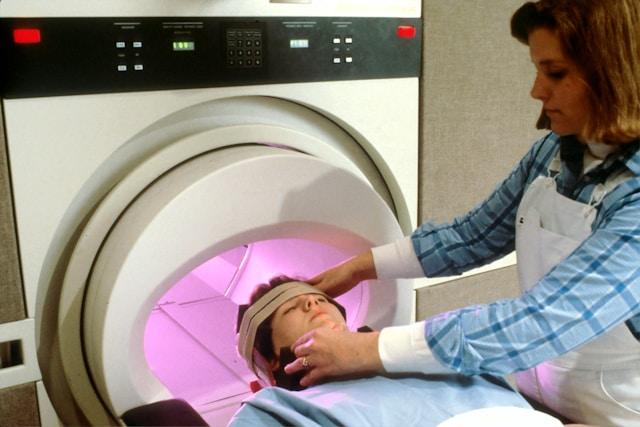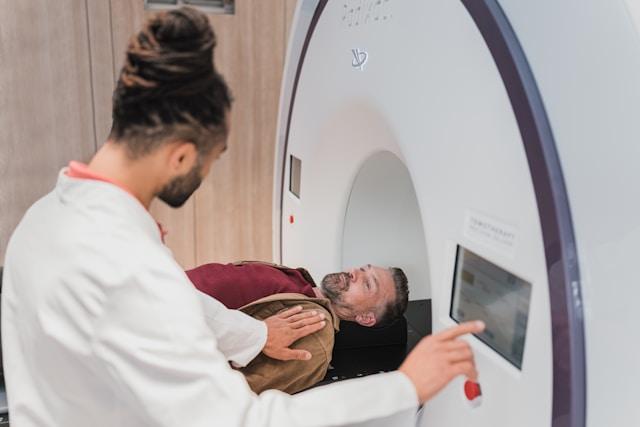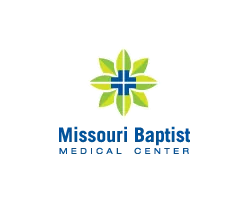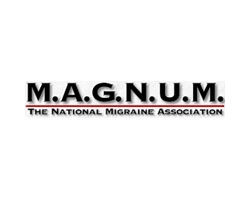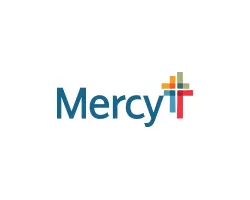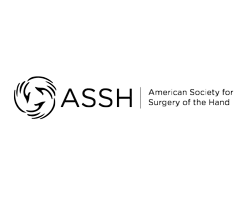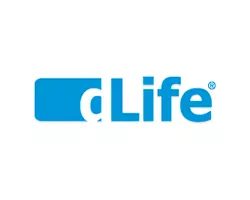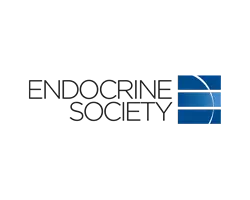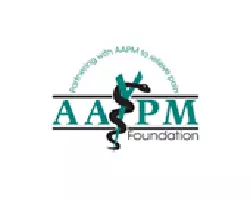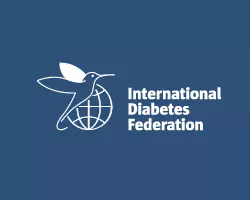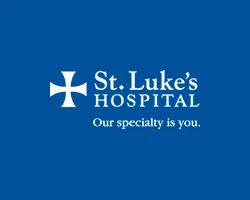Post mastectomy pain (PMPS) and pain after chest surgery can significantly impact individuals’ quality of life. Managing this type of pain effectively is crucial for patients on their road to recovery. Understanding the historical context of pain management in these specific cases can provide valuable insights for healthcare professionals and patients alike. By exploring the evolution of treatments and interventions for PMPS and post-surgery pain, we can better comprehend the current landscape and potential future advancements in this field. Join us as we delve into the complexities of managing pain after chest surgery and post mastectomy procedures.
Key Takeaways
-
Take note of symptoms: Recognizing the symptoms of Post Mastectomy Pain Syndrome (PMPS) is crucial for early intervention and management.
-
Explore treatment options: Understand the various treatment options available for PMPS, including medications, physical therapy, and nerve blocks.
-
Practice self-care: Implement pain management techniques at home, such as gentle exercises, heat or ice therapy, and relaxation techniques to alleviate PMPS.
-
Seek professional help: Consult healthcare professionals like pain specialists, physical therapists, or counselors for tailored support in coping with PMPS.
-
Focus on prevention: Incorporate preventive strategies like proper wound care, early mobilization after surgery, and psychological support to reduce the risk of developing PMPS.
-
Embrace a holistic approach: Embrace a holistic approach to living with PMPS by combining medical treatments with lifestyle adjustments, emotional support, and self-care practices for a better quality of life.
Understanding PMPS
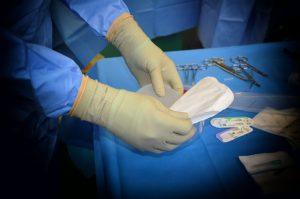
Defining PMPS
Post mastectomy pain syndrome (PMPS) refers to persistent pain in the chest area following breast surgery. It can manifest as stabbing, burning, or tingling sensations. PMPS can be categorized into neuropathic (nerve-related) or nociceptive (tissue damage-related) pain.
Causes and Risk Factors
The causes of PMPS may include nerve damage during surgery, inflammation, or scar tissue formation. Risk factors for developing PMPS encompass surgical techniques, radiation therapy, and genetic predispositions. Nerve damage incurred during surgery plays a significant role in triggering PMPS.
Who Gets PMPS
Individuals who undergo mastectomy or chest surgeries are at risk of developing PMPS. Factors such as age, pre-existing pain conditions, and surgical complications can heighten the chances of experiencing PMPS. Certain individuals, like those with heightened nerve sensitivity, may be more prone to enduring PMPS.
Symptoms and Recognition
Identifying Symptoms
Post mastectomy pain syndrome (PMPS) commonly presents as persistent pain in the chest wall, armpit, or arm. Individuals may experience tingling sensations or numbness in the affected areas. The pain can be sharp, burning, or shooting, often leading to discomfort and restricted movement.
Recognizing PMPS involves understanding how the symptoms manifest in individuals. Patients may report increased sensitivity to touch or pressure in the surgical area. Muscle stiffness and difficulty sleeping due to pain are prevalent indicators of PMPS.
Differentiating PMPS symptoms from other types of pain requires careful assessment by healthcare professionals. Unlike muscle strain or temporary discomfort, PMPS persists for an extended period post-surgery. Radiating pain along nerve pathways and the presence of scar tissue can also help in distinguishing PMPS from general postoperative pain.
Chronic Pain After Surgery
Chronic pain following chest surgery is characterized by prolonged discomfort lasting beyond the expected healing period. It differs from acute pain, which is typically sharp and short-lived after surgery. Chronic pain may become a constant companion for individuals, affecting their daily activities and quality of life.
The transition from acute to chronic pain after surgery occurs when nerve signals continue signaling pain sensations long after tissue healing. This persistent pain can lead to physical limitations, emotional distress, and disruptions in normal functioning. Understanding this distinction is crucial for effective management and treatment planning.
Chronic post-surgery pain can significantly impact the recovery process by impeding rehabilitation efforts and diminishing overall well-being. Patients may face challenges in resuming daily activities, participating in physical therapy, or engaging in social interactions due to persistent discomfort. Addressing chronic pain promptly is essential for promoting a successful recovery journey.
Emotional Impact
The emotional toll of PMPS and chronic post-surgery pain extends beyond physical discomfort to affect mental well-being. Living with persistent pain can lead to feelings of frustration, anxiety, and depression among patients. Coping with these emotional challenges is essential for holistic healing and recovery.
Patients dealing with chronic pain often experience psychological effects such as mood swings, irritability, and social withdrawal. The uncertainty surrounding long-term pain management can contribute to stress and feelings of helplessness. Seeking support from healthcare providers, therapists, or support groups can offer valuable resources for navigating these emotional struggles.
Coping mechanisms play a crucial role in managing emotional distress associated with PMPS and chronic post-surgery pain. Engaging in relaxation techniques like deep breathing exercises, mindfulness practices, or seeking counseling can help individuals cultivate resilience and improve their overall mental health.
Treatment Options
Medical Treatments
Post mastectomy pain syndrome (PMPS) and pain after chest surgery can be effectively managed through various medical treatments. Medications such as nonsteroidal anti-inflammatory drugs (NSAIDs) and opioids are commonly prescribed to alleviate post-surgery pain. These medications work by targeting the pain receptors in the body, providing relief to individuals experiencing PMPS.
Nerve blocks are another treatment option for PMPS. This procedure involves injecting an anesthetic near the affected nerves to block pain signals from reaching the brain. Nerve blocks can offer significant pain relief and are particularly beneficial for patients who may not respond well to traditional medications.
Physical Therapy
Physical therapy plays a crucial role in managing pain after chest surgery. It focuses on improving flexibility, strength, and overall function in the affected area. By incorporating physical therapy into the recovery process, patients can experience reduced pain levels and improved mobility.
Incorporating physical therapy exercises such as shoulder stretches, gentle chest wall movements, and breathing exercises can help alleviate pain associated with PMPS. These exercises aim to enhance circulation, reduce muscle tension, and promote healing in the surgical site.
Alternative Therapies
In addition to medical treatments and physical therapy, alternative therapies offer additional options for pain management post-surgery. Complementary treatments like acupuncture have shown promising results in reducing pain intensity and improving overall well-being for individuals with PMPS.
Massage therapy is another alternative therapy that can help alleviate muscle tension, improve circulation, and promote relaxation. By integrating alternative therapies into a comprehensive pain management plan, patients can benefit from a holistic approach to addressing PMPS symptoms.
Managing Pain at Home
Self-Care Strategies
Implementing self-care strategies is crucial for individuals dealing with PMPS. Engage in gentle exercises like walking to improve flexibility and reduce pain. Practicing relaxation techniques such as deep breathing can help manage discomfort effectively.
To alleviate pain, consider applying heat or cold packs to the affected area. Heat therapy can relax muscles and increase blood flow, while cold therapy can numb the area and reduce inflammation. Over-the-counter pain medications may also provide temporary relief from PMPS symptoms.
Self-management techniques play a vital role in pain management post-surgery. Ensure adequate rest to allow your body to heal properly. Stay hydrated and maintain a balanced diet rich in fruits, vegetables, and lean proteins to support recovery. Prioritize activities that bring you joy and relaxation to reduce stress levels.
Lifestyle Adjustments
Making lifestyle adjustments can significantly impact how you cope with chronic pain after surgery. Focus on maintaining a healthy weight through regular exercise and a balanced diet. Weight management plays a key role in reducing strain on the body and minimizing pain.
Incorporate activities like yoga or meditation into your daily routine to promote relaxation and reduce muscle tension associated with PMPS. Establishing a consistent sleep schedule is essential for adequate rest, which is crucial for managing pain effectively.
When it comes to lifestyle choices, opt for low-impact exercises like swimming or cycling to stay active without exacerbating pain levels. Avoid smoking and limit alcohol consumption as they can interfere with the body’s healing process post-surgery.
Professional Support
Seeking Medical Advice
Seek professional medical advice for PMPS to ensure proper management and treatment of post-surgery pain. Individuals experiencing persistent or severe pain after chest surgery should promptly consult healthcare providers. Effective communication of pain symptoms is crucial during consultations with medical professionals.
When experiencing PMPS, it is essential to seek guidance from healthcare providers to address any underlying issues causing the pain. Consulting with medical experts allows for tailored treatment plans to alleviate discomfort effectively. Communicating openly about pain intensity, location, and any associated symptoms helps in accurate diagnosis.
Support Groups
Joining support groups offers benefits for individuals dealing with PMPS by providing a platform for sharing experiences and coping strategies. Peer support plays a significant role in managing chronic pain by fostering a sense of community and understanding among individuals facing similar challenges. Engaging with relevant support groups can offer emotional support and practical advice for coping with post-mastectomy pain.
Support groups create a supportive environment where individuals can share their struggles and successes in managing PMPS, leading to enhanced emotional well-being. Peer interactions within these groups promote empathy and understanding, reducing feelings of isolation commonly experienced by those living with chronic pain. Finding and engaging with relevant support groups can be done through online platforms, local hospitals, or community centers.
Prevention Strategies
Pre-Surgery Planning
Pre-surgery planning plays a crucial role in preventing PMPS by setting the stage for a successful recovery. Patients undergoing chest surgery can benefit significantly from thorough pre-operative preparations. By discussing pain management strategies with healthcare providers before surgery, individuals can better understand potential risks and plan accordingly. Effective communication during this phase can lead to tailored pain management plans that address individual needs.
To minimize the risk of developing PMPS, patients should prioritize pre-surgery planning by attending all scheduled appointments and consultations. These interactions provide opportunities to discuss pain management options, potential side effects of surgery, and expectations post-operation. Receiving education on pain management techniques prior to surgery equips patients with the knowledge needed to navigate post-operative discomfort effectively.
Post-Surgery Care
Post-surgery care is instrumental in managing pain after chest surgery and promoting optimal healing. Following a surgical procedure, proper care is essential for reducing the likelihood of developing chronic pain conditions like PMPS. Components of post-operative care include diligent wound care, adherence to medication schedules, and regular follow-up appointments with healthcare providers.
Guidance on post-surgery self-care practices is vital for enhancing the healing process and minimizing discomfort. Patients should prioritize rest and relaxation following chest surgery to allow their bodies to recover adequately. Engaging in gentle physical activities as recommended by healthcare professionals can support circulation and prevent stiffness in the surgical area. Moreover, maintaining a balanced diet rich in nutrients helps promote tissue repair and overall well-being during the recovery period.
Living with PMPS
Quality of Life Improvements
Living with PMPS can be challenging, but there are strategies to enhance quality of life. Effective pain management plays a crucial role in improving overall well-being. It impacts daily activities significantly, influencing mood, sleep, and social interactions.
-
Implementing a multimodal approach to pain management can lead to better outcomes.
-
Engage in physical therapy and exercise tailored to your capabilities to improve mobility and reduce pain.
-
Seek counseling or therapy to address emotional challenges that may arise from living with chronic pain.
Enhancing the quality of life through effective pain control measures is essential for individuals dealing with PMPS. By taking proactive steps towards managing pain, individuals can regain a sense of normalcy and engage more fully in daily activities.
Long-Term Management
Long-term management strategies are crucial for individuals experiencing PMPS. It is vital to understand how to navigate chronic pain over an extended period effectively. Creating a sustainable pain management plan is key to achieving long-term relief.
-
Focus on developing healthy lifestyle habits such as maintaining a balanced diet and getting adequate rest.
-
Explore alternative therapies like acupuncture or meditation to complement traditional pain management techniques.
-
Regularly communicate with healthcare providers to adjust treatment plans based on changing needs.
Addressing the importance of long-term management for PMPS, individuals can take control of their health and well-being. By actively participating in their care and exploring various approaches, they can find what works best for them in managing chronic pain effectively.
Final Remarks
In understanding PMPS, recognizing its symptoms, exploring treatment options, managing pain at home, seeking professional support, implementing prevention strategies, and embracing life with PMPS, you have equipped yourself with valuable knowledge and tools. Remember that you are not alone in this journey. Reach out for support, explore different treatments, and prioritize your well-being. By staying informed and proactive, you can navigate post-mastectomy pain syndrome with resilience and strength.
Take charge of your health by advocating for yourself, staying connected with healthcare professionals, and implementing the strategies discussed. Your proactive approach can lead to better pain management and an improved quality of life. Keep learning, stay empowered, and remember that your well-being is a priority. Embrace the support available to you and take steps towards a more comfortable and fulfilling life.
Frequently Asked Questions
Is post mastectomy pain syndrome (PMPS) common after chest surgery?
Yes, PMPS is a common occurrence after mastectomy or other chest surgeries. It can manifest as persistent pain in the chest wall, armpit, and arm on the side of the surgery.
What are the typical symptoms of PMPS?
Symptoms of PMPS include chronic pain or discomfort in the chest area, shoulder, and arm on the side of the surgery. Patients may also experience numbness, tingling, or phantom sensations.
How is PMPS recognized and diagnosed?
PMPS is typically diagnosed based on a patient’s reported symptoms and medical history. Imaging tests like MRI or CT scans may be used to rule out other potential causes of pain.
What treatment options are available for managing PMPS?
Treatment options for PMPS may include medications like pain relievers, physical therapy, nerve blocks, and in severe cases, surgical interventions to alleviate pain and improve quality of life.
How can one manage PMPS at home?
At-home management strategies for PMPS include gentle exercises, heat or cold therapy, relaxation techniques like deep breathing or meditation, maintaining a healthy lifestyle with proper nutrition and adequate rest.
Is professional support necessary for dealing with PMPS?
Professional support from healthcare providers such as pain management specialists, physical therapists, psychologists, or support groups can offer valuable guidance and resources for coping with PMPS effectively.
Are there any prevention strategies for reducing the risk of developing PMPS?
While not guaranteed to prevent PMPS entirely, strategies such as early postoperative pain management, appropriate wound care to minimize complications, and following rehabilitation protocols can help reduce the likelihood of developing chronic post-surgical pain.

